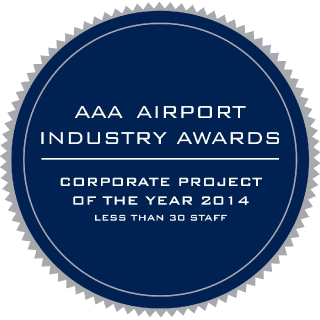
Competition for airspace around the world is fiercer than ever and air traffic is becoming increasingly complex to manage.
In the past, airspace below 500 ft has been the domain of the specially trained. It is also where all aircraft are exposed to the highest risk of an accident – during take-off and landing.
In recent years this airspace has become increasingly occupied by millions of drones, meanwhile the airspace above 500 ft will soon be intruded upon by millions of wind turbines, both on and offshore, as the world transitions from fossil fuels to renewable energy in pursuit of net zero carbon emissions. These tall structures occupy airspace and intrude upon flight paths that are relatively undefended from potentially adverse impacts.
Due to the imminent introduction of commercial air taxi / urban air mobility operations which will operate predominantly in the lower levels of airspace including below 500 ft, the global airspace and air traffic management sector is striving to establish a safe and efficient operating system that will accommodate these new users within a regulatory framework that is already struggling to keep up with technological advancements.
Changing the rules will involve all elements of the air traffic management system, including separation standards, air traffic control, flight path design, surveillance systems, and airspace protection arrangements.
While there is plenty of work to do, the outcome is exciting and seems assured.
At Aviation Projects, we provide trusted advice about airport planning, development and operations and aerodrome safeguarding. Contact us today.
Tags: Airspace Safeguarding, Aviation Projects, Aviation Safety
